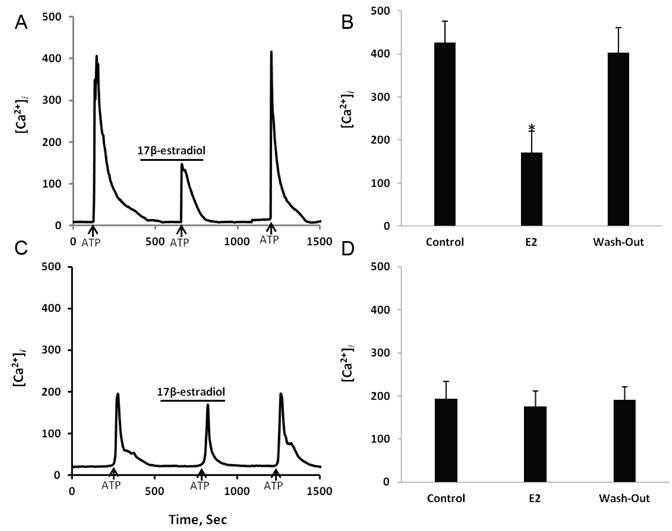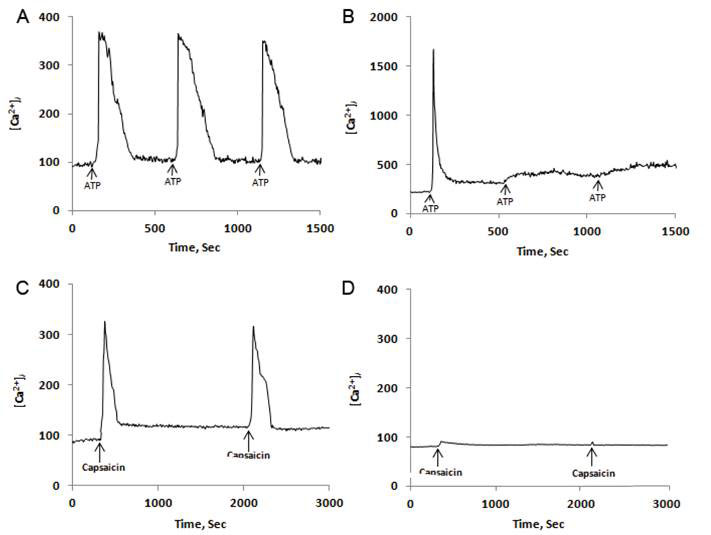Science of the Organism
Neurons in culture respond readily to other cells in a physically separated compartment subjected to various treatments; such ‘non-substantial’ communication between cells has been documented since the 1920s Dr. Mae-Wan Ho
According to conventional cell biology, cell-cell communication occurs via diffusible factors such as hormones for long distances, cytokines for shorter distances, and cell adhesion and receptor molecules for direct contact. Cells also intercommunicate via various junctions and synapses that directly connect the cells, involving many different kinds of proteins [1]. More recently, circulating nucleic acids have been added to the repertoire of intercommunication molecules [2] (Intercommunication via Circulating Nucleic Acids, SiS 42), though not yet generally accepted by the conventional community. All known or generally accepted mechanisms involve direct physical contact or connection between cells or molecules that can diffuse between cells.
But Victor Chaban and colleagues at University of California Los Angeles have found that cells physically separated are nevertheless able to communicate [3].
The team had set out to test for “higher level non-linear communication” that does not require physical contact or diffusible molecules. They used neurons that are central to intercellular communication within the body, and therefore most likely to show robust responses to other cells via non-diffusible signals, it such signals exist.
The dorsal root ganglia (DRG) sensory neurons can be maintained in primary culture; they are highly sensitive cells already used for investigations on various sensory signalling. These neurons can be activated and/or modulated via receptors such as the ATP-sensitive P2X3 and capsaicin-sensitive TRPV1 on their peripheral nerve terminals.
A ‘dish-in-dish’ cell culture system was devised, consisting of a small compartment in the middle of a bigger dish in which the DRG neurons were grown. The response of the DRG neurons was measured as intracellular calcium currents while ATP or capsaicin with and without estradiol were perfused into the outer compartment, into which were introduced normal DRG neurons, dying DRG neurons or abnormally behaving cells, such as cancer cells.
In order to make sure that the cells would not be disturbed by any other stray signals. The experiments were conducted in a new, nearly empty 30 000 sq ft basic science floor with no other active research labs, and in addition, the recordings were made in a Faraday cage to protect neurons from electromagnetic influence.
The results were clear. The DRG cells in the inner compartment responded to ATP (10 mM) added to normal DRG cells in the outer compartment with a large spike of Ca2+ current detected on fluorescent imaging by preloading the cells with a Ca2+-sensitive fluorescent dye (see Figure 1 A, B). In the presence of estradiol (100 nM), the ATP response was reduced to less than half, as estradiol was washed out, the ATP response once again returned to normal. However, when neuroblastoma cells were present in the outer compartment, the DRG response to ATP was reduced to half, and estradiol had little or no effect (Fig. 1 C, D). Pretreatment with antagonists of P2X3 receptor or addition of Ca2+ chelator in Ca2+-free medium abolished the response, as consistent with the necessity for extracellular Ca2+ and P2X3 receptor for the Ca2+ current. The response to capsaicin (300 nM) was similar, and estradiol also reduced that response to less than half.

Figure 1 Response of DRG cells in Ca2+ current measured in nM. A, time course of typical response to ATP, attenuated after 5 min pretreatment with estradiol, and return to normal amplitude after washout of estradiol, B, average responses in the three periods represented in A; C, response of DRG cells after 12 h incubation with SH-SY5Y neuroblastoma cells in the outer compartment, D, average of responses in the three periods represented in C
When the outer compartment was filled with DRG neurons exposed to KCl to induce apoptosis (programmed cell death), the first ATP response was increased by 3-4 times the control with healthy DRG cells in the outer compartment (Figure 2 A), but no subsequent responses were produced (Fig. 2 B). Capsaicin (300 nM) stimulated typical responses with healthy DRG cells in the outer compartment (Fig. 2 C), but gave no response with apoptotic cells in the outer compartment (Fig. 2 D).

Figure 2 Response of DRG to ATP and capsaicin in the presence of normal cells (A, C) and apoptotic cells (B, D) in the outer compartment (see text for further details)
Thus the cells in the outer compartment were able to communicate with the physically separated cells in the central compartment, and not via a diffusible chemical in the cell medium. In other words, the authors have demonstrated a substantial ‘psychic’ communication between the cells, although they did not use the term. Instead, they appeal to some kind of “collective connectivity”. Actually, the results do not rule out airborne communication via gases or other volatile signalling molecules.
An obvious mechanism that the authors have not considered is communication between molecules and cells via electromagnetic signals, which I have proposed since the first 1993 edition of [4] The Rainbow and the Worm, The Physics of Organisms (ISIS publication). The proposal was by no means original, as empirical evidence for electromagnetic intercommunication between cells had existed since the 1920s in the work of Russian embryologist Alexander Gurwitsch (1874-1954) (reviewed in [5]), who discovered ‘mitogenic’ radiation in the ultraviolet range emitted by dividing cells that stimulated other cells to divide.
In a simple experiment, actively dividing yeast cells were placed in a closed quartz cuvette as a source of electromagnetic mitogenic signal inside a beaker filled with cells that have been growth-restricted by being kept cold for two hours previously. he entire beaker with quartz cuvette was wrapped in aluminium foil to exclude external electromagnetic radiation. A control identical beaker and cuvette were set up in which the cuvette and beaker were both filled with the growth-restricted yeast cells, and similarly wrapped in aluminium foil. The cell growth in both beakers was measured hourly. The results showed that cells in the experimental beaker, presumably receiving mitogenic signals from the growing culture, invariably started to grow and increase in cell number immediately, whereas cells in the control beaker lagged 3 to 4 hours behind [5].
There is increasing evidence that electromagnetic signalling is much more fundamental in living organisms than conventional chemical/biochemical signalling [4, 6, 7] (Living Rainbow H2O, ISIS publication; Life is Water Electric, SiS 57), often preceding any biochemical changes. It is high time to devote more attention to electromagnetic signalling, as it will truly revolutionize our understanding of cell biology as well as our approach to health and disease.
Article first published 23/06/14
Comments are now closed for this article
There are 9 comments on this article.
Jens Bücher Comment left 24th June 2014 01:01:12
Great! I wonder why you do not name the work you did many years ago together with F.A.Popp, or the work done by Popp, for that matter, and the publications he has made (Biophotonic, neue Horizonte in der Medizin).
Biology/medicine: chemistry is out, physics is in.
Anyway, let me congratulate and thank you for all YOU have done!!!
mae-Wan Ho Comment left 24th June 2014 02:02:35
Hi Jens,
Thank you for reminding me. It was Fritz Popp and his colleagues who have done the experiment you mentioned. I have done other related work with Fritz who discovered biophotons.
But Alexander Gurwitsch was really the first to show communication between cells by UV light. I have no doubt that molecules, cells, and organisms could use the entire em spectrum
Regards, maewan
Tam Hunt Comment left 24th June 2014 02:02:44
Mae-Wan, the article itself states a Faraday cage was used to separate the different cell groups, so didn't they clearly rule out electromagnetic influences?
maewan ho Comment left 24th June 2014 02:02:56
Hi Tam.
They isolated external em influences, but not em signals between the cells. That's important, as external em influences could interfere with those occurring between the cells.
maewan
Tam Hunt Comment left 24th June 2014 03:03:56
Thanks Mae-Wan, that makes sense. An interesting follow up would be to include a Faraday cage to isolate the different cell groups from each other. There have been similar experiments using Faraday cages to test telepathy, a bit more controversially. Some claim to have indeed found non-EM causal connections. However, I share your view that these effects in the DRG experiment are very likely EM in nature.
Michael Godfrey MBBS Comment left 24th June 2014 05:05:01
Yet another corroborating research paper to confirm what Beneviste showed last century namely, that the specific resonance of caffeine, adrenalin, nicotine, acetyl choline and heparin uniquely affected cellular physiology. Physics will eventually replace the more crude and certainly horrendously expensive pharmaceutical method.After all is said and done, we are pure energy in a bag of fluid with 9 holes called a body that follows us around. Change the template and the matter has to adapt.
David Collier Comment left 24th June 2014 16:04:38
As one with many so-called psychic experiences, and at the risk of pushing my luck, perhaps it is time society accepted the validity of extended 'metaphysical' realities, and no longer felt a need to put the dangerous word 'psychic' in parenthesis. We are all psychic, by reason of having psyches.
William James was apparently convinced of such realities around 100 years ago.
An open mind says "Perhaps it is so"; a closed mind says "This is impossible".
I have been told most minds are closed in our present society: i understand this as a psycho-neurological blockage resulting from unintegrated childhood trauma.
Michelle Comment left 24th June 2014 19:07:51
Thank you, each article you print adds to our understanding of the complexity of living organisms and with each one the ''mystery''of life points more and more to the metaphysical as a large part of that. My partner and I have discovered that we can affect some measure of healing (at least pain relief )by just placing our hands a few centimetres away from a person's body and moving the energy around. No training required. That's why we are so adamant that GMOs shouldn't be part of our food system - at least right now ( perhaps never)as the chemical companies who produce them understand so little about any of this.
Sophia Twarog Comment left 11th February 2016 09:09:01
Thanks for this. I found it by googling. Surprising how little work is done on this. Of course cells can send energy thru a wall. We can when we shout. Also our body's electromagnetic field can pass through objects. It all stands to reason. Keep up the good work!